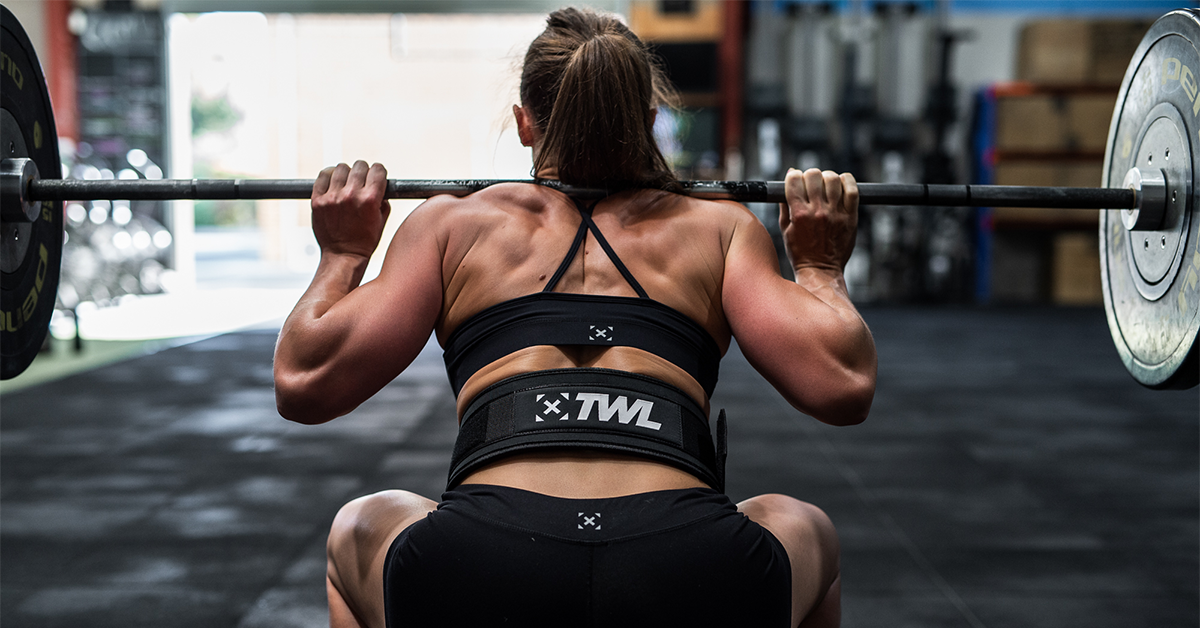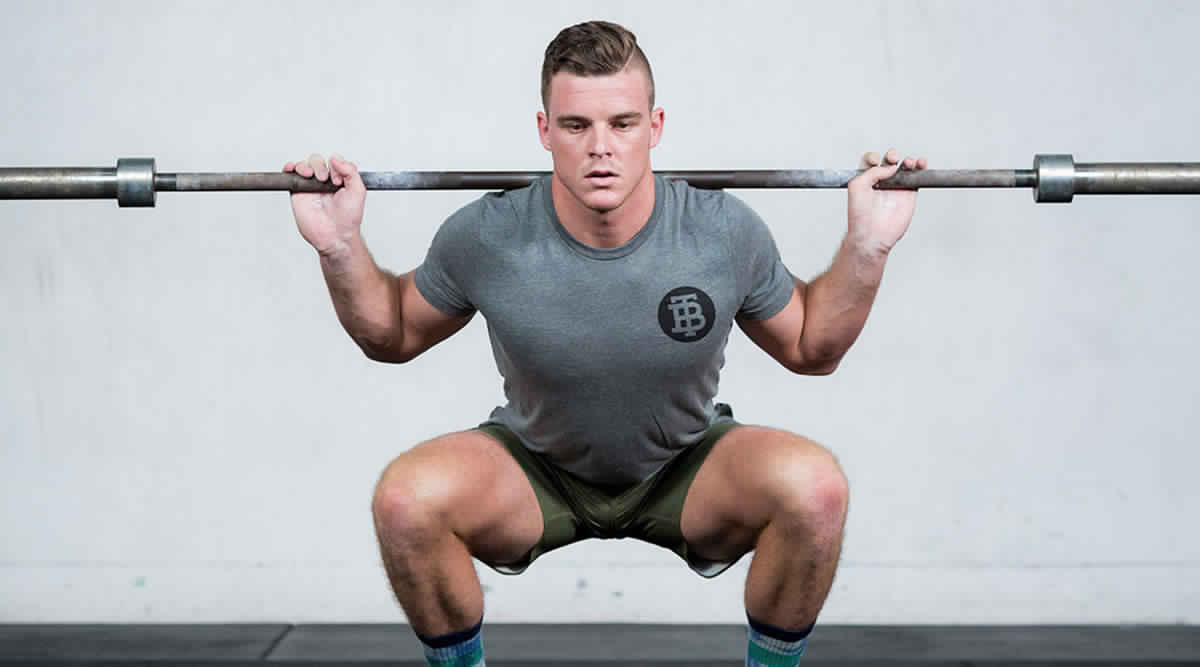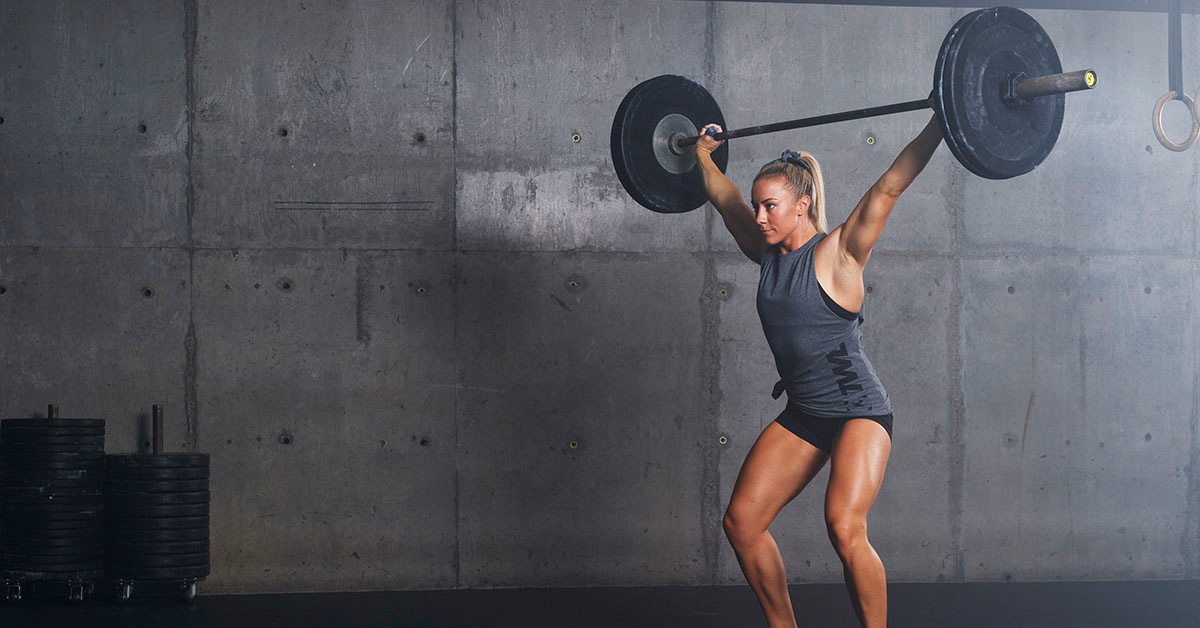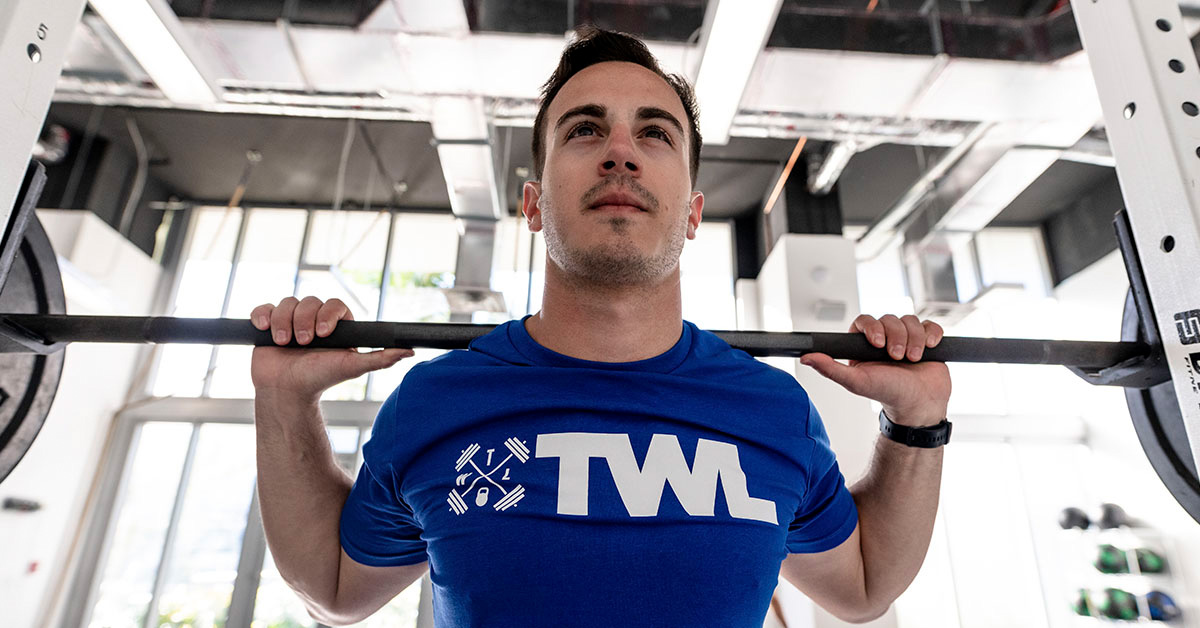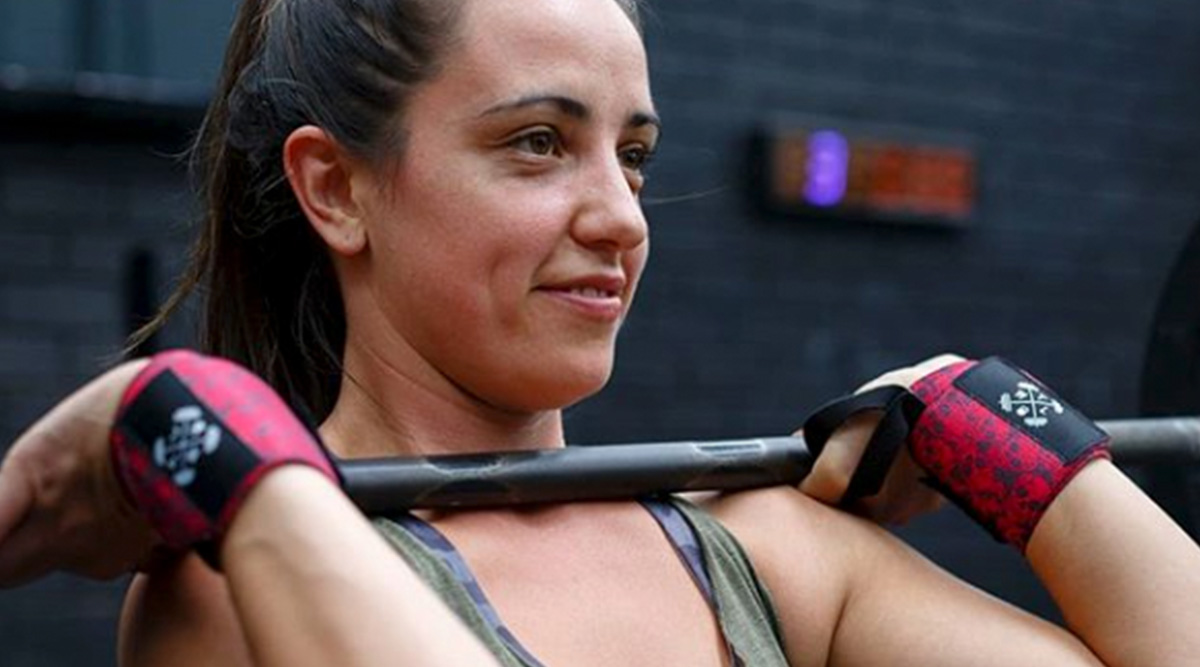Squats are a classic and time-tested exercise that have earned their place in many fitness regimens. Regular squats, sometimes referred to as air squats, are the top-of-mind form when talking about squats. But there is another type of squat that boosts glute gains and amps up the strengthening of the lower body muscles: box squats.
Box squats are an awesome alternative to regular squats as they help heighten awareness of form and technique, making them particularly helpful for fitness newbies. But they’re also recommended for experienced athletes, especially lifters who are looking to break a personal squat record or bust through a strength plateau.
As the name suggests, box squats differ from regular squats because the squat depth is dictated by how tall the box is instead of allowing the athlete to free fall and blindly figure out when they should stop. The ideal height, or depth of the squat, is just below knee level, but this can vary depending on your strength and mobility.
To do a box squat, one doesn’t necessarily need a box. Some lifters opt to stack plates to form a column until the height is to their liking. But you can also use a chair or any other surface that is a height that sufficiently challenges and supports you through the exercise.
If you’re used to doing regular squats, you may wonder, “Why bother doing box squats?” Read on to learn about the benefits of box squats.
Why Box Squats Should Be Your BFF
With all the squat variations available to you, why make time in your programming for box squats?
1. They Strengthen Your Hamstrings and Glutes
When doing a regular air squat, your center of gravity tends to be farther forward. But in the case of box squats, your hips will be reaching back toward the box or surface you’ll be sitting on. This leads you to sit back further and have your shins at a perpendicular angle.
Doing so allows you to better engage your posterior chain, which includes your hamstrings and glutes. With regular practice, box squats can deliver three to four times more force development than other types of squats.
Btw, we have even more hamstring exercises we think you’ll love.
2. You’ll Target More Muscles
One may think that squats are just for your backside. But on the contrary, when done regularly and correctly, box squats are a terrific compound exercise that targets your glutes, hamstrings, quads, calves, and core. Who doesn’t love multi-functional moves? The more muscles you engage at a time, the more your metabolism will rise and burn calories even at rest. For a more even workout, carry weights to simultaneously hit your upper body muscles.
3. They’ll Help You Be More Aware of Squat Form and Height
Holding the correct form is probably one of the most common and drilled-down phrases used in physical fitness and sports, and for good reason! Understanding and maintaining the correct form ensures that you engage the right muscle groups and reap the benefits of the exercise. And importantly, you’ll perform your movements more safely.
With regular squats, it’s easy to get carried away by momentum, so many athletes simply drop down and then bounce back up. But a box squat helps ensure the movement is more controlled because you have to sit down completely before returning to an upright position.
Many beginners struggle to hold the right form when squatting and are often unaware of how far down they have gone. Box squats are perfect to start with because your squat ends at the height of the box. This helps you find the squat depth that’s right for you at your level so that you don’t accidentally overexert yourself.
You also get a measure of your progress depending on the box height. You may start with a box height above around mid-thigh, then gradually transition to lower boxes for a deeper squat.
Shop Now
4. You Can Boost Your Mobility
Squat mobility is a real challenge for some people. Have you ever noticed that when you squat, your knees cave in or your heels come off the ground? That’s a lack of mobility.
When done correctly and regularly, box squats help improve muscle flexibility and the range of motion, enabling you to squat deeper over time. This is crucial as squatting is not only done as a workout but is a move we do even in everyday life. Training functional movements while you’re young increases the capability to do it when you’re older. Think of all the times you have to engage your backside to stand up from a seated position! Incorporating box squats into your regular exercise regimen will help you retain this range of motion as you get older.
(Psst! Learn other ways to improve your squat mobility.)
5. Achieve Your Personal Best
Many experienced athletes who squat with weights tend to depend on momentum to get back up. This eventually puts a limit to how much they can carry while squatting. They end up hitting a frustrating plateau because they are unable to transition from the bottom of the squat to getting up back.
Box squats reduce this problem by taking the momentum out of the equation. Because you have to be fully seated, you lose any momentum you’ve gained coming down. To get back up, you need to engage all your muscles and use your strength to assume an upright position.
Box squats are commonly used for people who are either injured or have a severe lack of mobility (or both). But make no mistake about it: Any athlete can benefit from box squats.
Give them a try and you’ll likely find that you experience all new sensations and achieve a higher level of awareness. Over time, you’ll notice the benefits of box squats more and more.

